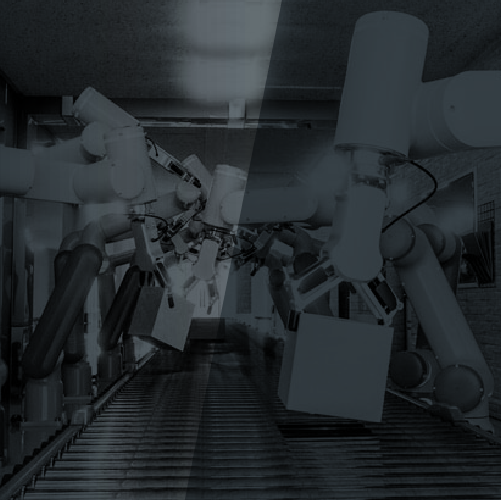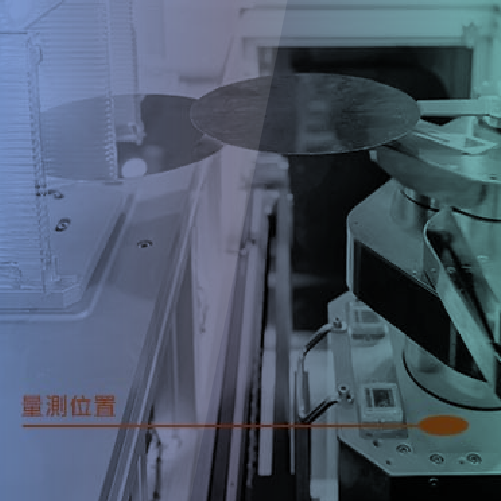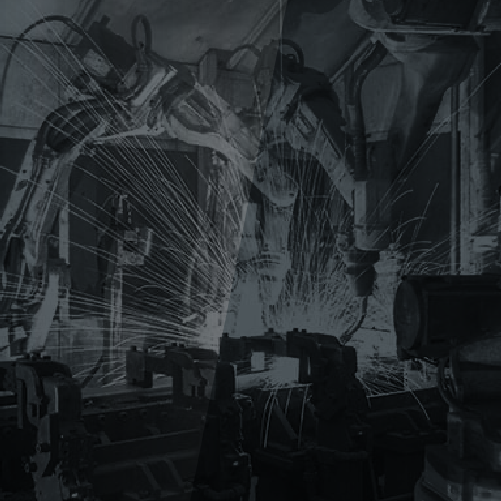Robotic Arms and Forks
Case|Robotic Arms and ForksSmart manufacturing and robotic arms are closely related. Robotic arms are one of the key tools in achieving smart manufacturing, as they can operate based on pre-programmed instructions or environmental input. Through machine learning, they can analyze and understand the status of the equipment.
Bond Head Arm Operation in Die Bonder?
What is the operational status of the Bond Head arm in Flip Chip die bonding? The Bond Head is responsible for connecting the chip to the connector, enabling electrical connections and packaging. How can we ensure that the Bond Head arm in the die bonder operates stably?
Bond Head Arm in Die BonderHow to Ensure Stability in Photoresist Coating Machine Arms?
Robotic arms used for wafer handling in photoresist coating machines require high precision and stability. To minimize the impact of mechanical vibration on the wafer surface, how can we ensure arm stability?
Stability of Photoresist Coating Machine ArmsHow to Ensure the Stability of the Die Bonder Process?
Is there an issue with the die bonder adhesive arm?
Die attach is a crucial process in semiconductor packaging.
As technology becomes increasingly precise and complex, how can we ensure process stability and yield rate?
Using Current to Evaluate the Operation Quality of Multi-Axis Robotic Arms?
Multi-axis robotic arms are articulated mechanical arms that require motors to draw higher currents when generating greater torque.
Multi-Axis Robotic Arm OperationHow to Ensure Stability of PVD and CVD Equipment Arms?
The purpose of thin-film deposition is to enhance the conductivity of wafers.
How can we prevent abnormalities in PVD and CVD equipment arms from affecting the manufacturing process?
How can we ensure stable operation?
How to Prevent Wafer Scratches During Transport?
Wafer-handling robotic arms (Wafer Robots) may cause wafer scratches or collisions if abnormal vibrations occur during transport.
How can we proactively prevent these issues and avoid wafer damage or scrap?
How to Prevent Welding Defects Caused by Excessive Current in Robotic Arms?
The working principle of welding robotic arms is to apply high-voltage current to the welding area, generating heat to fuse metal materials together.
Welding arms rely on current to be introduced into the welding point, but if the current is too high or the positioning is incorrect, welding defects may occur.
How can we prevent such issues?









